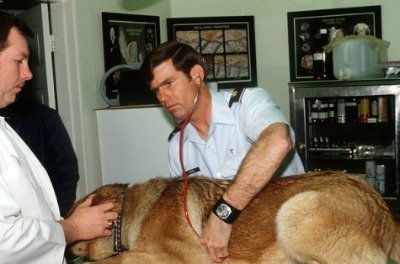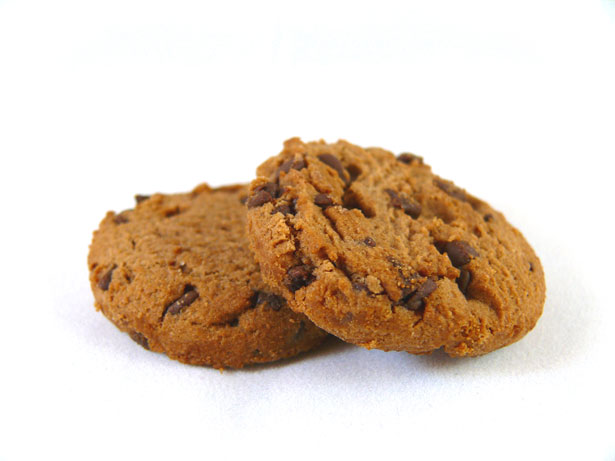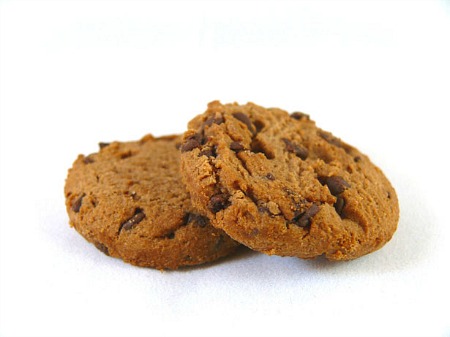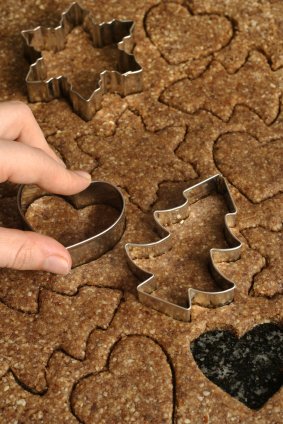Combine dogs and chocolate and you are risking BIG trouble for your dog. The results can be serious, or even deadly!

Every year around certain holidays, like Thanksgiving, Christmas and Valentine’s Day, veterinarians see an increase in sick dogs who have eaten chocolate.
These dog poisonings are mostly accidental, as many pet owners do not realize how dangerous chocolate is.
Or their dogs simply outsmart them and eat the chocolate on the sly.
Dogs can’t be trusted when chocolate is within their reach!
How Much Chocolate Is Too Much?
Chocolate contains two substances that are harmful to dogs: theobromine and caffeine. However, different kinds of chocolate have different concentrations of these substances.
Note the difference in theobromine content in various chocolates:
- white chocolate – none to minimal
- milk chocolate – 44-60 mg per ounce (For example, a 4.5 oz milk chocolate candy bar has about 240 mg of theobromine.)
- unsweetened baking chocolate – 450 mg per ounce
The darker the chocolate, in general, the more theobromine. Also, higher quality chocolates, or more expensive chocolates, tend to contain more theobromine.
Small breeds can become ill with just a very small piece of chocolate, while larger breeds can eat more, before becoming ill.
Signs of Chocolate Poisoning
If you suspect that your dog ate chocolate, then you need to observe her carefully to see if she shows any of the following symptoms:
- Vomiting – if your dog vomits, this is a good thing. The more of the poisons he expels this way, before they actually goes through his digestive system, the less his body will absorb. This is one of the first signs of chocolate poisoning. You may be told by your veterinarian to induce vomiting in your dog.
- Excessive thirst and urination – He will be more thirsty than usual and will need to go out to pee more often. It’s OK to let him drink water.
- Diarrhea – one of the first signs of chocolate poisoning.
- Hyperactivity – This means that she will be nervous, jittery, running around more than usual. In general, noticeably more physically active.
- Elevated heart rate – You won’t know if this occurs. Your vet will check your dog’s heart rate.
- Seizures – Hopefully, you will have taken your dog to the vet before this occurs.
If your dog is seriously ill, you need to take him to the vet immediately. You’ll see a discussion of the symptoms to look for, in this article on what to do if your dog eats some chocolate.
However, if you just want to ask someone knowledgeable about your dog you can reach the National Animal Poison Information Center at the University of Illinois in Urbana by calling 888-426-4435.
As dangerous as chocolate can be for dogs, it’s better to prevent chocolate poisoning, rather than deal with it.
When you bring your groceries home from the store, put the food away immediately. Don’t leave candy sitting on tables or in candy dishes. If you have a larger breed dog, don’t leave chocolate on your kitchen counters.
Make sure your dog does not have access to chocolate. Even the best behaved dog will be tempted to sneak a taste. Dogs have a sweet tooth, and, deadly as it is, they adore chocolate. Chocolate and dogs are a BAD MIX!
So what if you would like to treat your dog to a chocolate treat? You like it. You’re sure your dog would love chocolate too. There is a solution.
Simply substitute carob in dog treats for the chocolate-like taste that you love. You can even get unsweetened carob chips to make carob chip cookies.




Leave a Reply